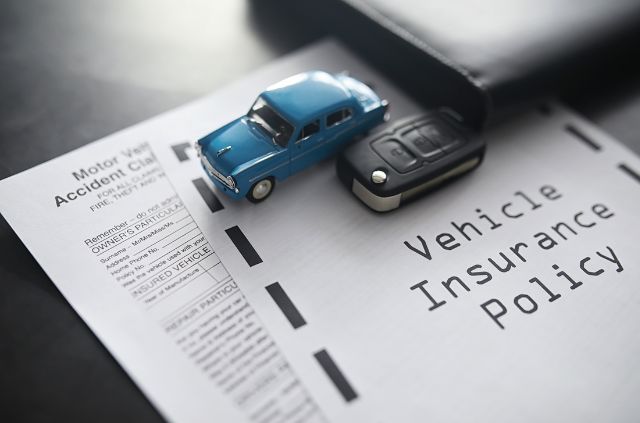6 Step File an Auto Insurance Claim: A Step-by-Step Guide

Filing an auto insurance claim can be a daunting task, especially after the stress of an accident. However, understanding the process and knowing what steps to take can make it much smoother. This guide will walk you through the steps to file an auto insurance claim efficiently and effectively.
Table of Contents
1. Ensure Safety and Gather Information Insurance Claim
Check for Injuries and Ensure Safety
Immediately after an accident, the first priority is to check for injuries. If anyone is hurt, call emergency services right away. Ensure that all involved parties are safe and move vehicles out of traffic if possible to prevent further accidents.
Gather Important Information
Collect as much information as possible at the scene. This includes:
- Names, addresses, and contact details of all drivers and passengers
- Insurance information for all drivers
- License plate numbers
- Make, model, and year of the vehicles involved
- Names and contact information of any witnesses
- Photos of the accident scene, including vehicle damage and any relevant road conditions
Having detailed information will be crucial for your insurance claim and any potential legal proceedings.
2. Notify the Police
File a Police Report
In many cases, it is required to notify the police and file a report, especially if there are injuries or significant property damage. The police report will be a vital document when filing your claim. Make sure to get the names and badge numbers of the officers involved, and ask how you can obtain a copy of the police report.
3. Contact Your Insurance Company
Report the Accident
As soon as possible, contact your insurance company to report the accident. Most insurers have a 24-hour claims hotline. Provide them with all the gathered information and follow their instructions carefully.
Understand Your Policy
It’s important to be familiar with your auto insurance policy, including what is covered and any deductibles. Your insurance representative can help clarify these details.
4. File the Claim
Provide Necessary Documentation
Your insurance company will require various documents to process your claim. This typically includes:
- The completed claim form
- A copy of the police report
- Photos of the damage
- Witness statements
- Medical reports if there were injuries
Cooperate with the Adjuster
An insurance adjuster may be assigned to assess the damage to your vehicle and any other property. Cooperate fully with them, providing access to the damaged vehicle and any additional information they request. The adjuster will determine the extent of the insurance company’s liability.
5. Vehicle Repairs and Medical Bills
Choose a Repair Shop
Many insurance companies have a network of preferred repair shops. While you can choose any repair shop, using one within the network can simplify the process and often comes with guarantees on the work performed.
Handle Medical Bills
If you or any passengers were injured, your insurance might cover medical expenses. Submit all relevant medical bills and documentation to your insurance company promptly.
6. Review and Settlement
Review the Settlement Offer
Once the claim is processed, the insurance company will provide a settlement offer. This offer should cover the cost of repairs or the total loss value of your vehicle, minus your deductible. Review the offer carefully and don’t hesitate to ask questions if anything is unclear.
Negotiate if Necessary
If you believe the settlement offer is insufficient, you have the right to negotiate. Provide evidence to support your case, such as additional repair estimates or market values for your vehicle.
Finalize the Settlement
Once an agreement is reached, you’ll receive the settlement funds. If the vehicle is repairable, the insurance company may pay the repair shop directly. If it’s a total loss, you’ll receive a payout for the vehicle’s market value.
Tips for a Smooth Claims Process
Keep Records
Maintain detailed records of all communications with your insurance company, including dates, times, and the names of representatives you spoke with.
Be Honest and Accurate
Provide truthful and accurate information throughout the claims process. Misrepresenting facts can lead to claim denial or legal issues.
Know Your Rights
Understand your rights and responsibilities under your insurance policy and local laws. This knowledge will help you navigate the claims process more confidently.
Conclusion
Filing an auto insurance claim doesn’t have to be overwhelming. By following these steps—ensuring safety, gathering information, notifying the police, contacting your insurance company, filing the claim, handling repairs and medical bills, and reviewing the settlement—you can manage the process effectively. Being prepared and informed will help you get back on the road with minimal stress.







